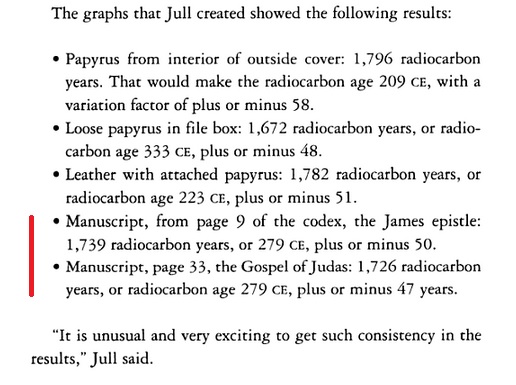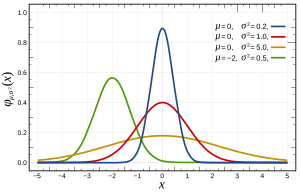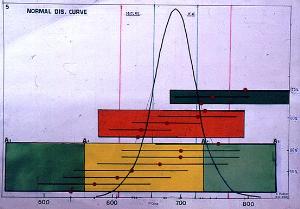"Judas said,
"Master, as you have listened to all of them,
now also listen to me. For I have seen a great vision."
And when Jesus heard this, he laughed and said to him,
"You thirteenth daimon, why do you try so hard?
But speak up, and I shall bear with you."
"Master, take me in along with these people."
Jesus answered and said,
"Your star has led you astray, Judas."
"For there exists a great and boundless aeon,
whose extent no generation of angels could see,
in which is the great invisible Spirit,
which no eye of an angel has ever seen,
no thought of the heart has ever comprehended,
and it was never called by any name."
"Let twelve angels come into being to rule over chaos and the underworld."
And look, from the cloud there appeared an angel whose face flashed with fire
and whose appearance was defiled with blood. His name was Nebro,
which means in translation 'rebel'; others call him Yaldabaoth."
"But God caused knowledge to be given to Adam and those with him,
so that the kings of chaos and the underworld might not lord it over them." [--Jesus]"
"...Then they will fornicate in my name
and slay their children [...] in my name,
and your star will rule over the thirteenth aeon."
And after that Jesus laughed.
Judas said, "Master, why are you laughing at us?"
Jesus answered and said,
"I am not laughing at you but at the error of the stars,
because these six stars wander about with these five combatants,
and they all will be destroyed along with their creatures."
"But you will exceed all of them.
For you will sacrifice the man who bears me.
Already your horn has been raised, and your wrath has been kindled,
and your star has passed by, and your heart has become strong." [--Jesus to Judas]"
"Look, you have been told everything.
Lift up your eyes and look at the cloud
and the light within it and the stars surrounding it.
And the star that leads the way is your star."
So Judas lifted up his eyes and saw the luminous cloud, and he entered it."







